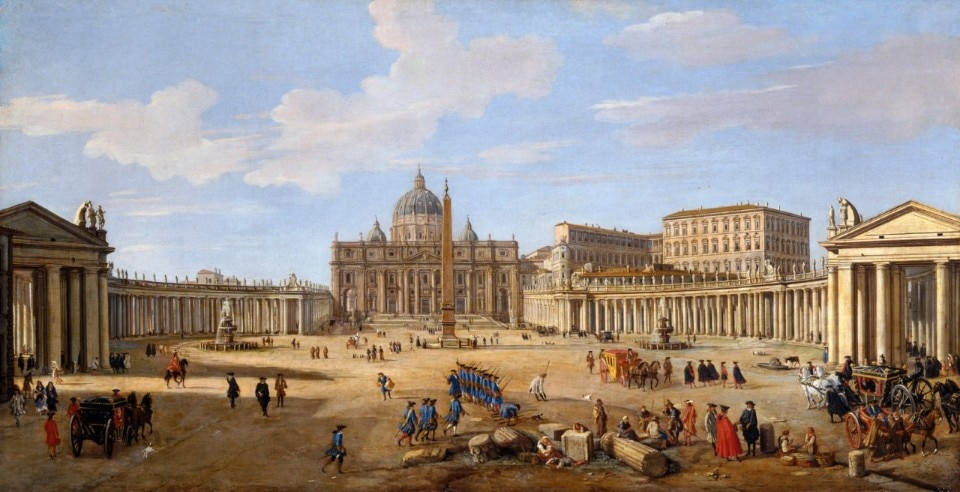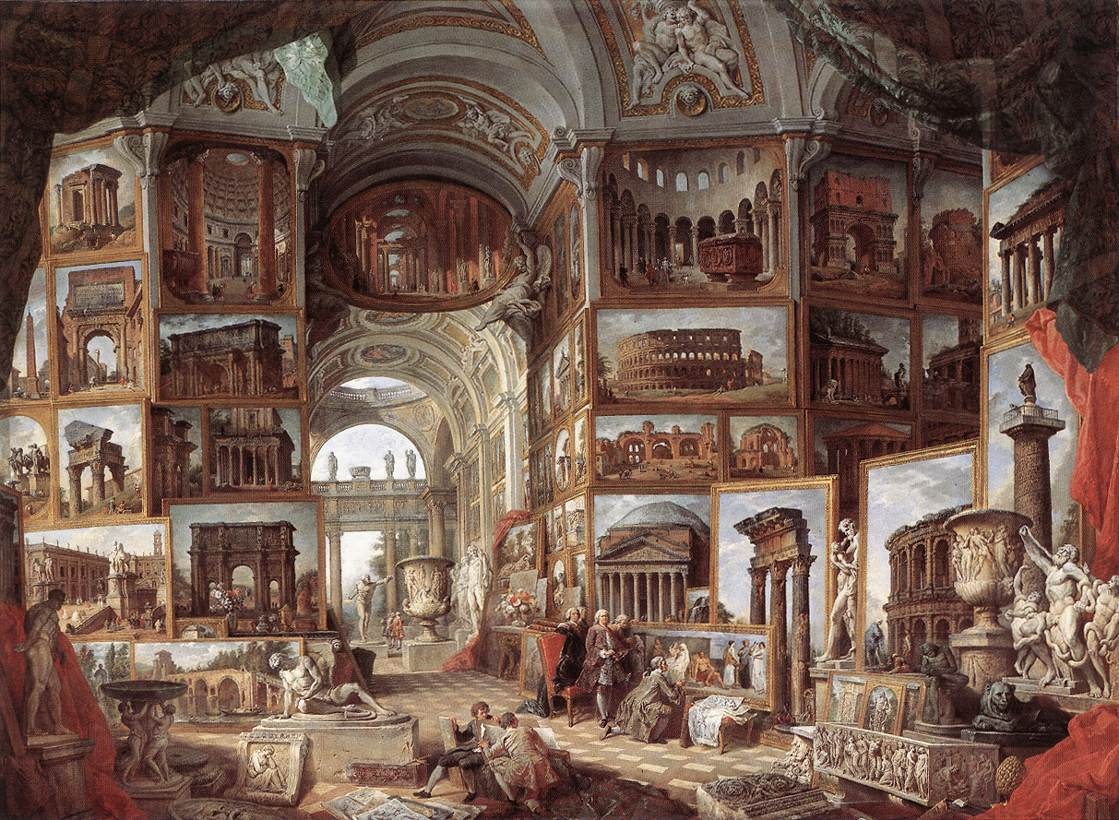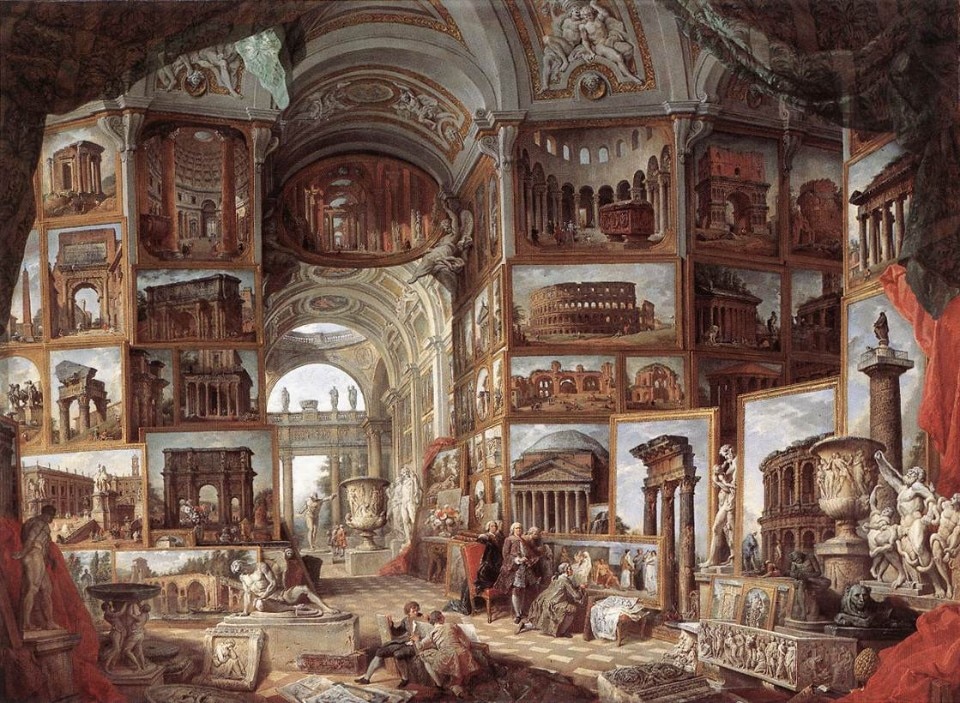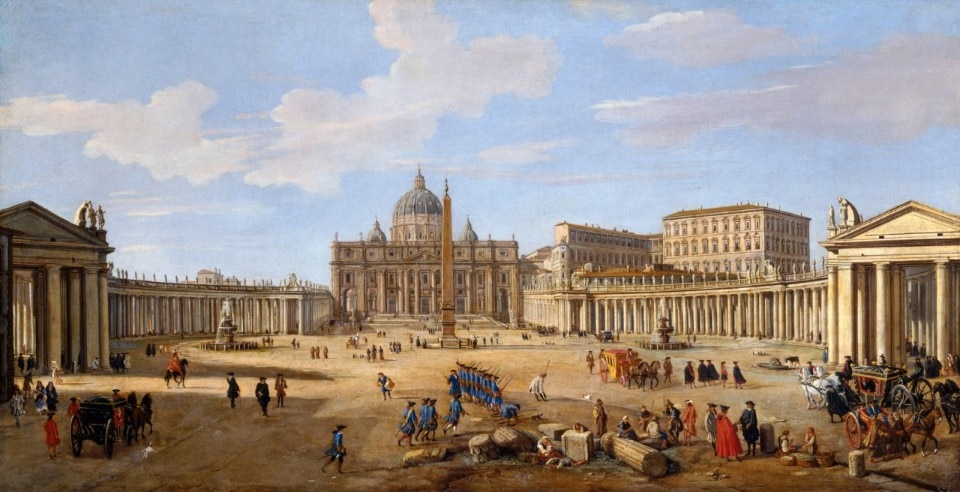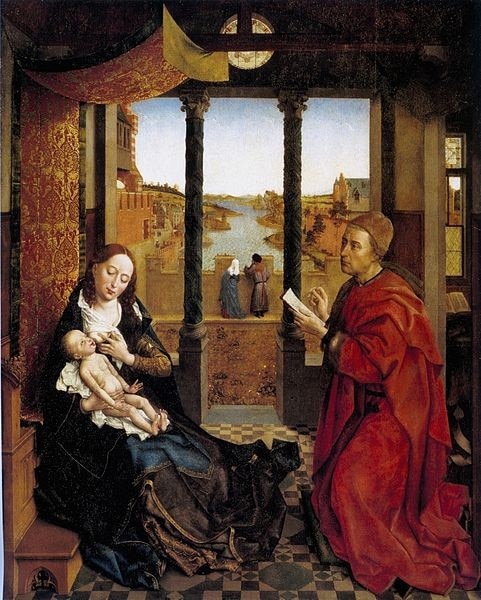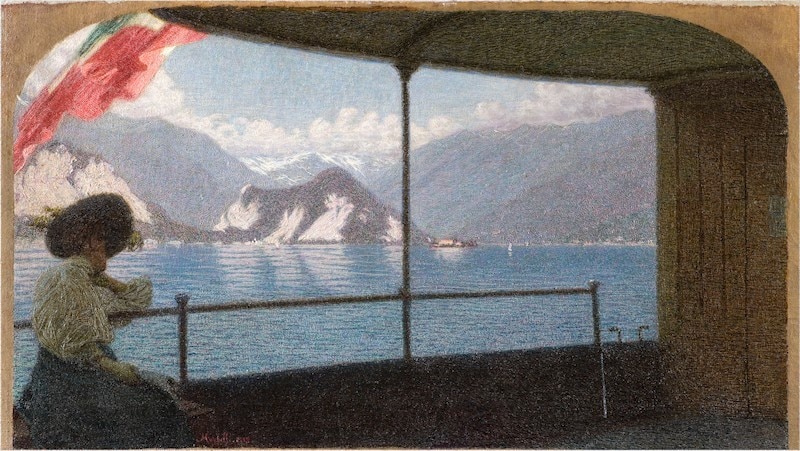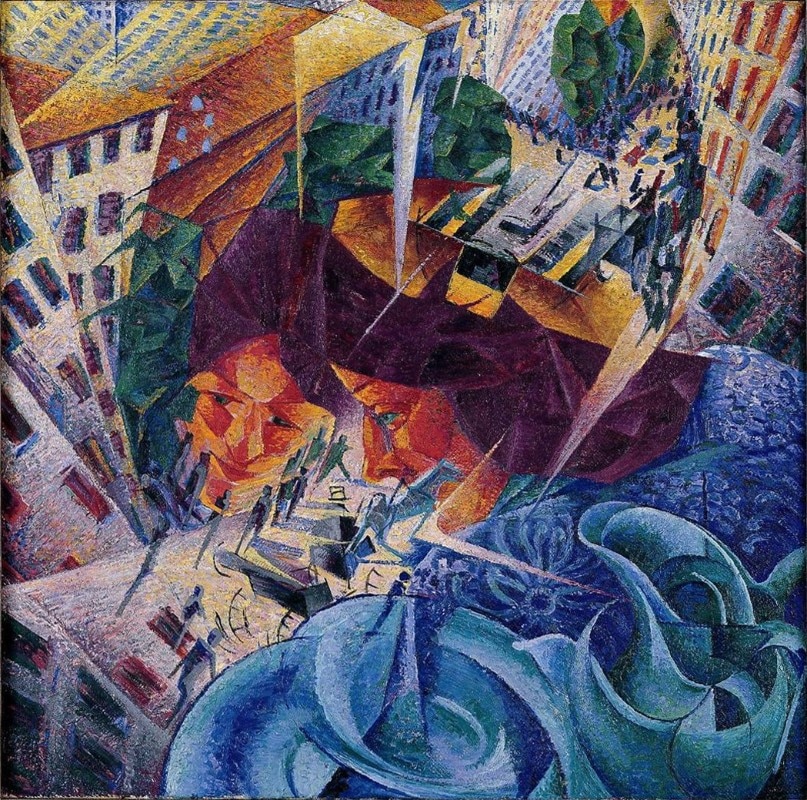We walk on terraces, look out from windows, and remain closed within our homes, observing this black-and-white world with its empty streets and far-off masked figures with a mix of anxiety and worry. In the midst of so much tragedy, the coronavirus has led to a miracle. It has allowed us to rediscover the semiotic value of the landscape, shifting focus once again to painting, an art that has always examined the theme, observing and interpreting it in every era and style.
From Piero della Francesco, via eighteenth-century landscape painting, to the experiences of Caspar David Friedrich, and on to more contemporary artists such as Salvador Dalì or the impressionists, who were the first to study changes in light conditions on panoramas, as well as symbolist and then divisionist painting, such as the art of Giovanni Segantini or Angelo Morbelli, without forgetting those futuristic panoramas that present us with cities undergoing profound changes, looking towards modernity.
In the midst of so much tragedy, the coronavirus has led to a miracle. It has allowed us to rediscover the semiotic value of the landscape, shifting focus once again to painting, an art that has always examined the theme
Considered a minor genre and mentioned in belittling terms according to sources from the 1500s, landscape painting was preceded in the artistic hierarchy by religious or mythological history painting, and portraits. The landscape was declassed by the still-dominant humanism to a mere annex in scenes of history and devotion, where the human figure was the true subject.
Landscape painting took its first true steps during the 15th century, through the work of Flemish artists such as Rogier Van der Weyden, to then attract the attention of Piero della Francesca, who took it to new levels of importance, as did Leonardo da Vinci, who - with the invention of the sfumato” technique – led the theme of the landscape to an examination of the most minute aspects of nature. It was, however, during the 1700s, with the representation of glimpses of cities, panoramas or “capriccios” that were highly sought-after by collectors and the grand European courts, that the landscape was developed as a topographic depiction of grand cities, seen as objects of worship in the ritual educational voyage throughout Europe taken by artists: the famous Grand Tour. Landscapes often assumed the role of souvenirs for tourists, with Gaspard Van Wittel, Canaletto, Bellotto or Guardi leading the new artistic trend. In the wake of Vanvitelli, through the work of two great painters and architects, Giovanni Paolo Pannini and Giovan Battista Piranesi, both from the North of Italy but established in Rome, there was a development of the genre of “ruins” or “vedute ideate”, with the composition and interpretation of completely invented scenes of an ancient yet modern Rome.
Towards the end of the 18th century, thanks to grand masters such as Turner, there was a gradual move towards the form of landscape painting that we all know, which was followed – through the discovery of plein air – by the important period of naturalist landscape painting, a prelude to impressionism and the Macchiaioli that dominated the 1800s.
According to Karl Ludwig Fernow, the German art critic and author who best summed up the theme, landscapes are like music; they have no precise content and have an effect on the emotions of the observer in the same way that music affects the listener. There is therefore no “single” landscape, and so there is no “single” form of landscape painting, but rather as many landscapes as there are subjects.
The landscape was declassed by the still-dominant humanism to a mere annex in scenes of history and devotion, where the human figure was the true subject
But what about the present day? In our most contemporary present the “figurative” landscape is practically absent, as though contemporary art has either completely forgotten its existence or deemed it neither attractive, interesting or useful. Just as the Flemish masters left their homes and travelled abroad, driven by their thirst for knowledge, we seek fascinating destinations for our holidays, such as unexplored locations, uncontaminated nature, and cities that are strange and ever-further away. And yet, in immortalising our travels through photography, we pay ever less attention to the landscape, focusing almost exclusively on our individuality.
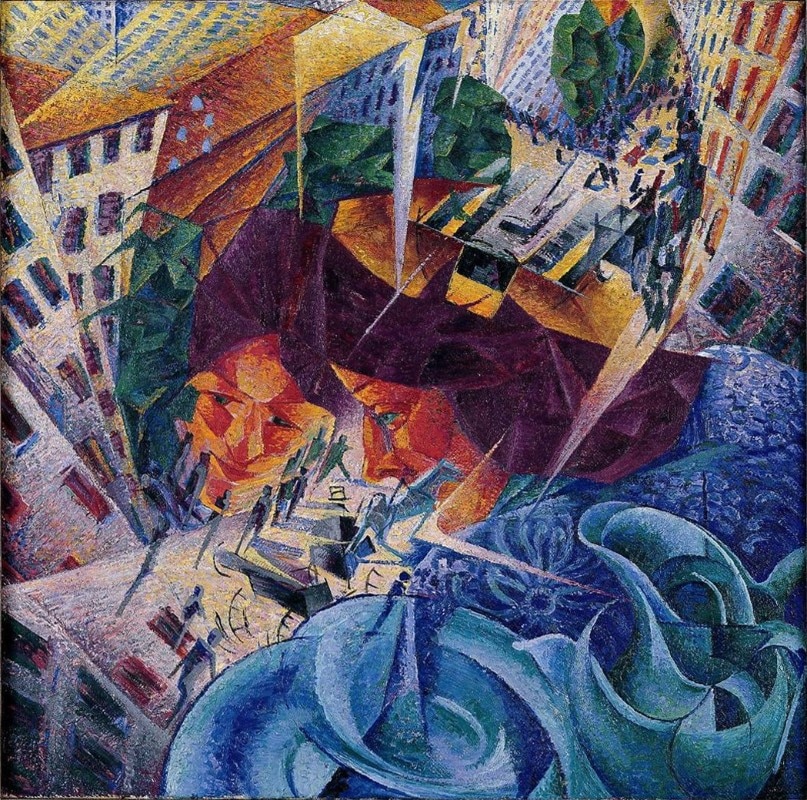
And so we return to the current situation. We are faced with empty cities, where the mournful sound of ambulance sirens has taken the place of the lively and busy chatter of people who, currently confined to their homes, dream of taking a stroll, going out, seeing something other than those four walls that have become a symbol of prison and deprivation. We now long to experience cities, hills and mountains, and not just imagine them. Could this new experience change the way we feel as users or collectors? Will this bring a new change in the art world? One fact has emerged with clarity. The long history of the city, since the Medieval, has been examined and described by artists, running parallel with urban development, to then fail miserably in both fields in the second half of the 20th century. No longer a study, nor a reflection, but a pure need. In the midst of variations and mutations, expansions and contractions, cities are no longer landscapes, but are becoming a driver for new and different financial systems, perhaps losing their vocation, their genius loci, their soul. The words of Pierre Auguste Renoir come to mind: “How difficult it is to find exactly the point where a painting must stop being an imitation of nature. A painting is not a verbal process. With landscapes, I adore those paintings that make me want to step inside and wander around”.
Opening image: Gaspar van Wittel, View of St. Peter’s Square in Rome, 1710 ca.


